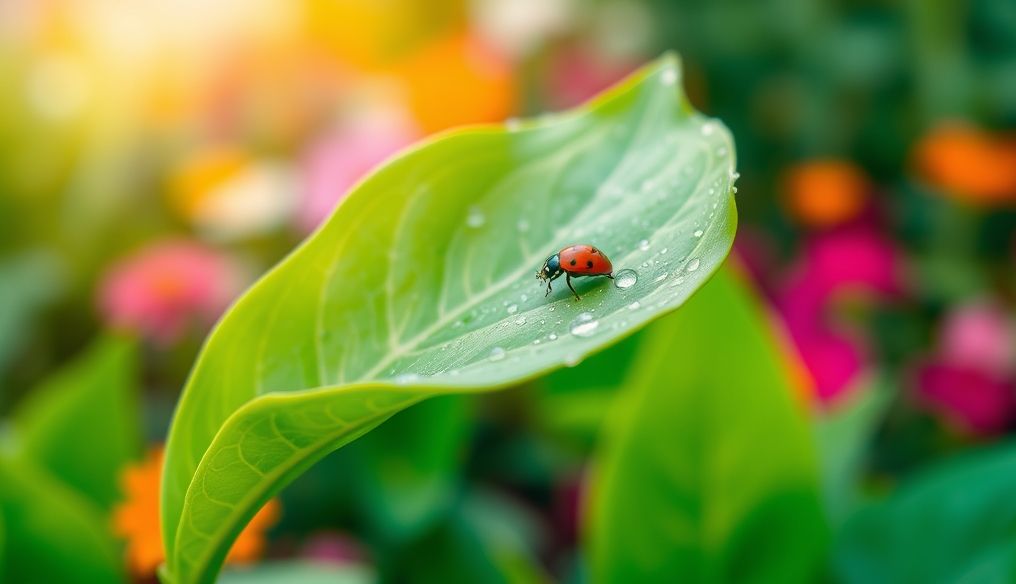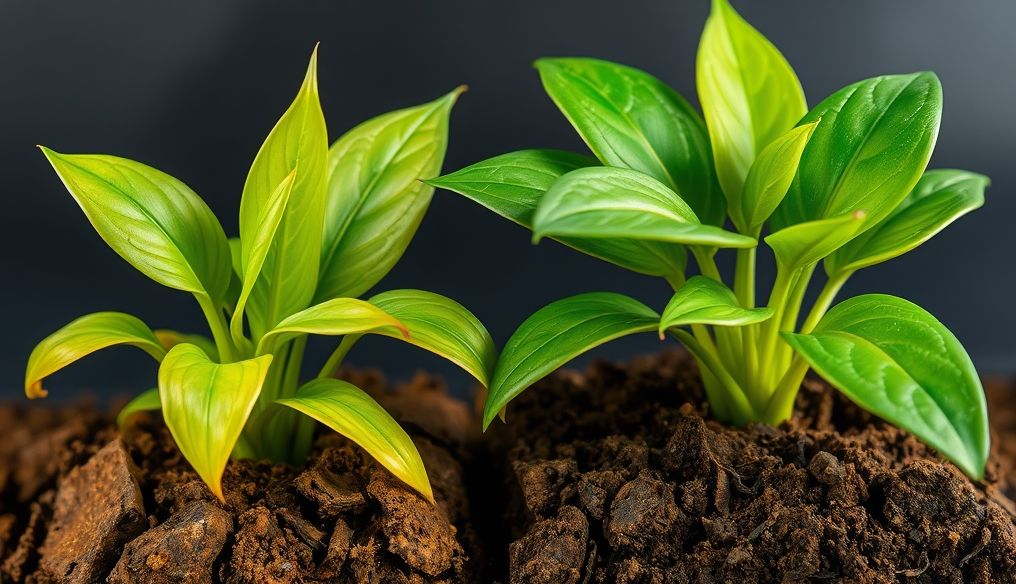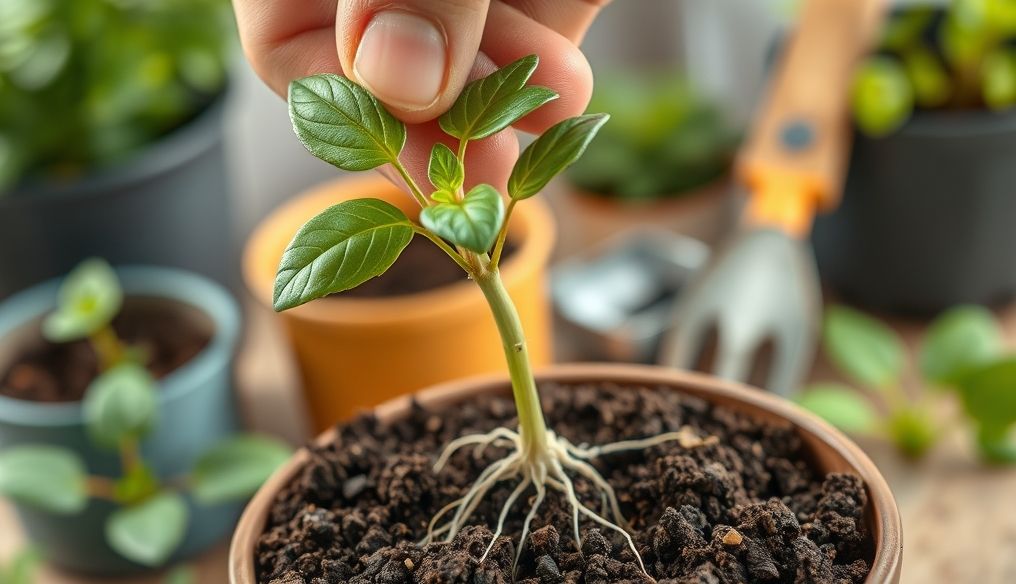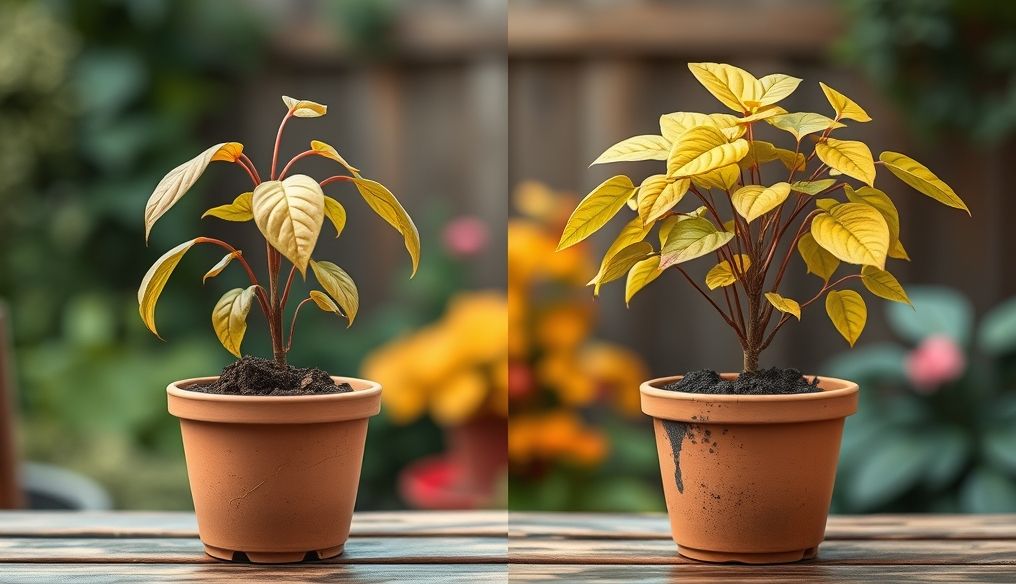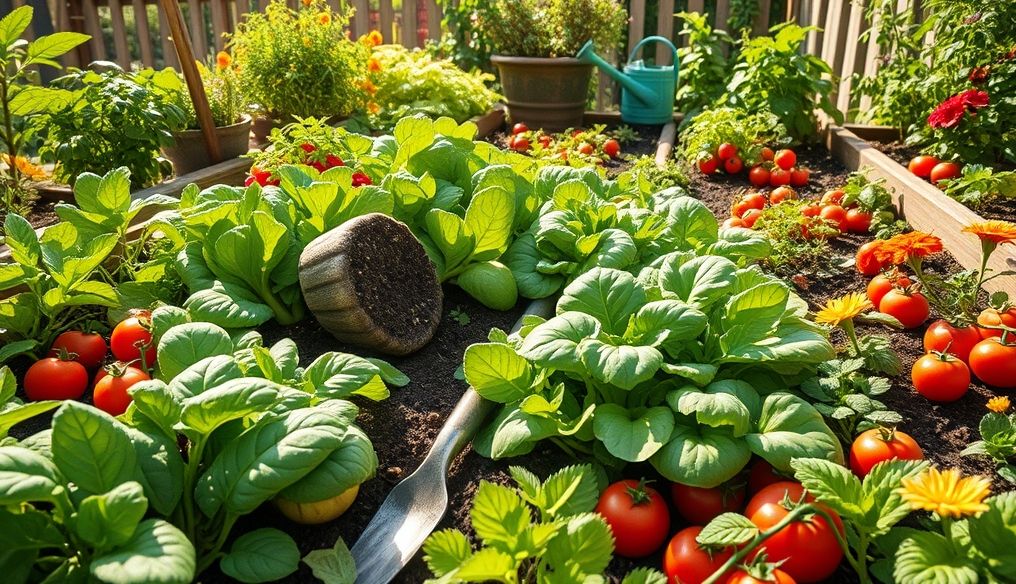Introduction: The Challenge of Pests in the Plant World
Pests and insects are among the biggest challenges facing gardening enthusiasts. These small creatures can cause significant damage to plants, from deforming leaves to destroying the entire plant. However, there's no need to despair! There are many natural and effective ways to protect our plants and maintain their health and beauty.
Chapter 1: Identifying Common Types of Pests
The first step in pest control is identifying them. Here are some of the most common pests that affect plants:
- Aphids: Small insects that suck plant sap, leading to curled leaves and stunted growth.
- Spider Mites: Cause yellow spots on leaves and leave fine webs.
- Mealybugs: Appear as white cottony masses on plants.
- Whiteflies: Small insects that fly when plants are disturbed.
- Cutworms: Feed on plant roots, causing them to wilt and die.
Chapter 2: Prevention is Better Than Cure: Preventive Strategies
Prevention is always better than cure. Here are some preventive strategies that can reduce the risk of pest infestation:
- Regularly Inspect Plants: Look for signs of pest infestation periodically.
- Maintain Garden Cleanliness: Remove fallen leaves and dead branches.
- Provide Good Ventilation: Ensure enough space between plants.
- Proper Watering: Avoid overwatering, as excess moisture attracts pests.
- Regularly Fertilize Plants: Strong plants are more resistant to pests.
Chapter 3: Effective Natural Treatments
When pests appear, there are many natural treatments that can be used:
1. Potassium Soap
Potassium soap is one of the most effective natural treatments. It dries out soft-bodied insects like aphids, spider mites, and whiteflies. Dilute the soap with water and spray on affected plants.
2. Neem Oil
Neem oil is a natural insecticide effective against a wide range of pests. It works by disrupting the insect's life cycle. Dilute the oil with water and spray on plants.
3. Garlic and Onion
Garlic and onion have insect-repellent properties. Make a natural spray by boiling garlic or onion in water, letting it cool, and then spraying it on plants.
4. Diatomaceous Earth
Diatomaceous earth is a powder made from the fossilized remains of algae. It scratches the exoskeleton of insects, causing them to dehydrate and die. Sprinkle diatomaceous earth around plants or directly on pests.
5. Companion Planting
Some plants can help repel pests. For example, planting mint or basil near other plants can reduce the risk of pest infestation.
Chapter 4: Biological Control: Using Natural Enemies
Biological control is the use of natural enemies of pests to control them. Here are some natural enemies that can be used:
- Ladybugs: Feed on aphids.
- Praying Mantises: Feed on a variety of insects.
- Parasitic Wasps: Lay their eggs inside pests, causing them to die.
You can attract these beneficial insects to your garden by planting plants that provide them with food and shelter.
Chapter 5: Using Insecticides Cautiously
In some cases, it may be necessary to use insecticides. However, they should be used very cautiously to avoid harming plants, the environment, or other living organisms. Choose insecticides that target the specific pest and avoid using broad-spectrum insecticides that kill all insects, including beneficial ones.
Important: Always follow the instructions on the insecticide label and wear appropriate protective gear.
Chapter 6: Treating Fungal and Bacterial Diseases
In addition to insect pests, plants can be affected by fungal and bacterial diseases. Some common diseases include powdery mildew, gray mold, and blight. These diseases can be treated with fungicides or natural treatments like neem oil or baking soda.
Tip: Remove infected leaves to prevent the spread of disease.
Chapter 7: Additional Tips for Maintaining Healthy Plants
- Crop Rotation: Change the location of plants each year to prevent the buildup of pests and diseases in the soil.
- Choose the Right Plants: Choose plants that are adapted to your climate and soil conditions.
- Provide Support for Plants: Use stakes or trellises to support climbing or heavy plants.
Chapter 8: Dealing with Pests in Indoor Plants
Indoor plants are not immune to pests. Pests often spread in indoor plants due to lack of ventilation and high humidity. Inspect indoor plants regularly and isolate infected plants to prevent the spread of pests to other plants. Use natural treatments or appropriate insecticides for indoor plants.
Conclusion: A Healthy and Thriving Garden
With a little knowledge and effort, you can protect your plants from pests and insects and enjoy a healthy and thriving garden. Remember that prevention is better than cure, and that natural treatments are often as effective as chemical insecticides. Enjoy growing and caring for your plants, and they will reward you with their beauty and fruit.
Important Note: This article provides general information about pest control. For specific information about pests affecting your plants, consult a gardening expert or seek reliable information online.
